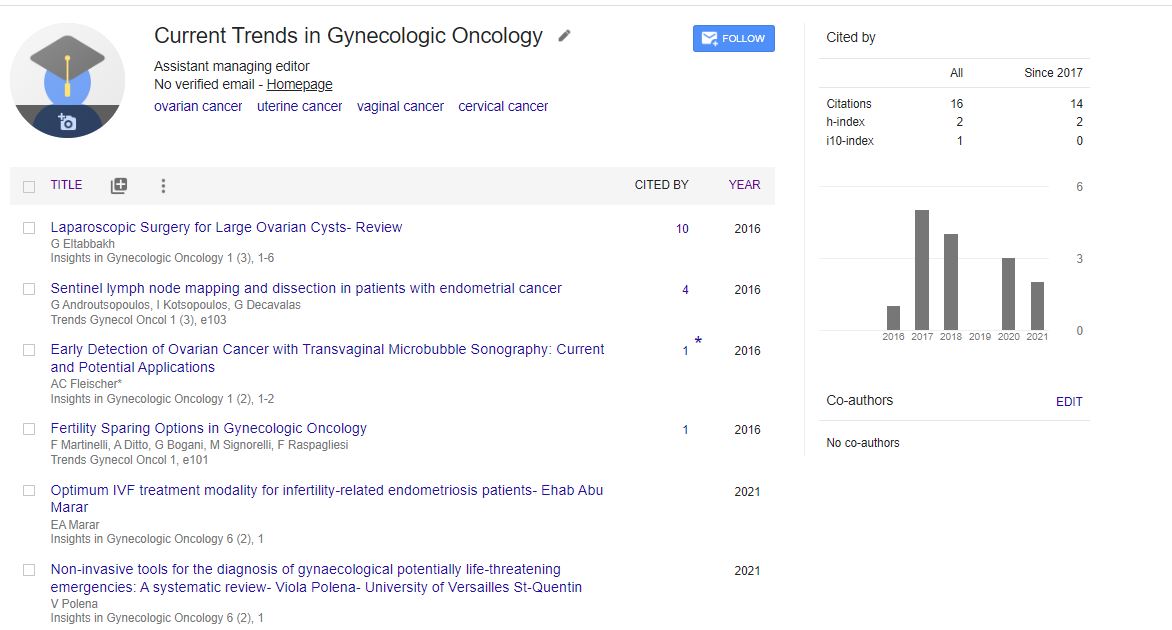25-OH Vitamin D level among females of reproductive age group with menstrual irregularities attending AIIMS Raipur gynaecology opd.
*Corresponding Author:
Copyright: © 2020 . This is an open-access article distributed under the terms of the Creative Commons Attribution License, which permits unrestricted use, distribution, and reproduction in any medium, provided the original author and source are credited.
Abstract
Vitamin D apart from bones has role in other organs as its receptor is also expressed in the ovary, placenta, and the uterus. Lower vitamin D has been related to premenstrual syndrome, uterine fibroids, dysmenorrhoea and early menarche. The promoter region for the gene encoding anti-Müllerian hormone (AMH) contains a domain for the vitamin D response element, suggesting that vitamin D can regulate AMH expression. AMH in turn regulates follicular recruitment, which provides a mechanism for vitamin D to influence ovarian function and menstrual cycle regularity.
Objectives: Primary objective : (1)To measure the level of 25-OH Vitamin D in females of reproductive age group with menstrual irregularities attending AIIMS Raipur Gynaecology OPD. (2) Study the association of 25-OH vitamin D with menstrual cycle characteristics including long and short cycle length and cycle irregularity. Secondary Objective: Counseling the students regarding importance of adequate vitamin d level and problems that might arise due to its deficiency in blood.
Methodology: Cross Sectional Observational Study in a tertiary care, teaching hospital located in central India, AIIMS Raipur. The subjects for the study has been recruited after considering inclusion and exclusion criteria has been recruited among the females of reproductive age group with menstrual irregularities attending AIIMS Raipur Gynaecology OPD.
Results: Data obtained from the study is being analysed using SPSS vs. 16. Descriptive statistics for demographic data is being calculated. One sample “t test” is being used to compare 25 (OH) Vitamin D level of sample with the standard level.

 Spanish
Spanish  Chinese
Chinese  Russian
Russian  German
German  French
French  Japanese
Japanese  Portuguese
Portuguese  Hindi
Hindi 